Nikon today announced the 36.3-megapixel, full-frame FX-format D810 DSLR camera for professional photographers and cinematographers. The Nikon D810 is the pinnacle of D-SLR image quality, continuing to rival medium format cameras thanks to a variety of Nikon technologies engineered for professional image capture. The camera’s super-high resolution (7360 x 4912) gives professionals the power to capture with stellar sharpness, make massive prints or crop liberally with confidence. The OLPF has been removed to maximize the potential of every pixel, resulting in outstanding resolution and sharpness, yielding images that render subtle details with striking fidelity.
Image quality further benefits from the application of Nikon’s exclusive EXPEED 4 image processing engine, which also provides enhancements to overall performance while suppressing instances of false color and moiré. Photographing in the field or in the studio, users will see the difference with the ability to create stunning images with unprecedented clarity in gradation rendering, expanded dynamic range and high accuracy white balance. Additionally, EXPEED 4 enhances noise reduction performance, and helps to achieve a wider ISO range, from 64 to 12,800, to improve low-noise image capture in a variety of lighting conditions. The ISO range is also expandable from 32 (Lo-1) to 51,200 (Hi-2) letting the photographer shoot with maximum fidelity under studio lighting or confidently capture a faintly-lit wedding reception or other subjects in even the most challenging light.
Nikon has also implemented a myriad of new features aimed at improving overall image quality for all types of photographers. Nikon’s Advanced Scene Recognition System with the 91,000-pixel 3D Color Matrix Meter III provides unbelievably balanced exposures in difficult scenes. The system analyzes each scene to recognize factors such as color, brightness and human faces with startling precision to determine what type of subject a user is shooting. The system then compares all the data using an image database to adjust exposure, AF, auto white balance, i-TTL flash control and enhances subject tracking.
Further enhancing the D810’s image quality, a “Clarity” setting has been added to the available Picture Control adjustment parameters, which adjusts mid tones to enhance details within an image. To help preserve the most amount of detail in shadows and highlights, the new “Flat” Picture Control Profile is now available. This Picture Control Profile allows both photographers and filmmakers to get the widest tonal range out of their cameras for maximum flexibility in post processing. For further customization of Picture Controls, users are now able to make adjustments in .25 step increments for the maximum level of custom color, saturation and brightness levels. Additionally, the D810 employs a new highlight-weighted metering option, which detects the brightness in a scene and determines optimum exposure, preventing blown-out highlights, which is ideal for stage and performance capture.

Video Features
- Broadcast quality video: Full HD 1920 x 1080 video capture at a variety of frame rates, including 60/30/24p.
- Versatile crop modes: FX and DX crop modes give users a telephoto boost when needed, a feature that has been very popular with camera operators because of its added flexibility on set.
- Flat Picture Control profile: This neutral color profile is ideal for video and gives the user maximum flexibility in post-production.
- HDMI output: The D810 can relay uncompressed digital video to an external recorder via HDMI, while simultaneously displaying the video on the rear LCD display and external LCD monitor. Operators can now also record both to the internal card (compressed) and to the external recorder (uncompressed) simultaneously.
- Smooth in-camera time-lapse and interval timer: Like the Nikon D4S, the D810 uses an auto-exposure setting to help create super-smooth exposure and tonal transitions for professional results with time-lapse and interval-time shooting.
- Audio control: The D810 features a built-in stereo microphone, and an external microphone can also be attached, such as the Nikon ME-1. Additionally, wide and voice frequency ranges are also now available for audio capture.
- Expanded ISO for video: The ISO range is expanded for video, now encompassing a clean ISO 64 to a versatile 12,800. The Auto-ISO function is also available while recording to adapt the exposure as the light changes, which can eliminate the need to adjust the aperture (in manual mode, ISO 200- 51,200).
- Zebra stripes: A zebra pattern can be displayed during live view, making it easy to spot overexposed areas.
- Highlight weighted metering: This new setting helps to prevent blown-out highlights in video. This is especially useful when capturing spot-lit stage performances or shoots with harsh directional lighting.
- Full manual control: With the innovative Power Aperture setting, it is simple to adjust the exposure and depth of field on the fly while recording to an external recorder or SD/CF cards. In manual mode, users can also control shutter speed and ISO while recording. Additionally, white balance and exposure compensation can be adjusted prior to recording.
- Full time AF: The Live View AF has been improved, and now provides faster full-time AF (AF-F mode).
- NIKKOR lenses: Cinematographers and filmmakers are supported with more than 80 NIKKOR lenses, many of which are a popular choice for cinema applications because of their brilliant optical quality and characteristics.


The D810 renders every subtle detail and nuance in epic clarity, with the enhanced Multi-Cam 3500-FX AF sensor module that utilizes new AF algorithms for fascinating precision, even in challenging light. The focus system also has 15 cross-type AF sensors for enhanced accuracy, and works with the Advanced Scene Recognition System to provide accurate face detection even through the optical viewfinder. The camera also utilizes 11 cross-type sensors that are fully functional when using compatible NIKKOR lenses and teleconverters (aperture value up to f/8), which is especially useful for wildlife photography. In addition to normal, wide area, face tracking and subject tracking modes, the D810 also features the new Group AF mode for enhanced accuracy, even while tracking subjects.
Despite the D810’s immense imaging power, it will astound with its rapid response and speedy performance, thanks to the implementation of the EXPEED 4 image processing engine. The addition of EXPEED 4 allows for an overall 30% boost in performance, as well as a faster burst speed and enhancement to overall energy efficiency. Now the D810 is capable of shooting at 5 frames-per-second (fps) at full resolution and 5:4, 6 fps in DX or 1.2x modes, (15.4-megapixel, 25.1-megapixel, respectively), and 7 fps in DX mode (15.4-megapixel), with battery pack. For full workflow versatility, the D810 also gives users the option to shoot in full resolution 14-bit RAW/NEF file format or the new RAW Size Small format. This 12-bit file format is half the resolution and approximately 1/4 the file size of full RAW files, for increased flexibility when speedy downloads are desired or memory space is at a premium.
The D810 has been engineered for superior comfort and operability. When looking through the wide and bright viewfinder with 100% coverage, users will see shooting data displayed on an organic EL display element for maximum visibility. The viewfinder now also features a prism coating for enhanced clarity. In addition, the grip has been refined for comfort and ergonomics, and the “i” button has been added for quick access to common mode-dependent settings.

Both photographers and videographers will clearly see the benefits of the new high-resolution (1229K-dot) 3.2-inch LCD screen, which makes it simple to check focus, review images or compose a scene. The color space of the LCD screen can now also be fully customized, a feature that is useful for matching monitor or print calibration settings. Using the high-resolution LCD screen, users can also activate the new Split Screen Display Zoom function. This new mode magnifies two separated points on the same horizontal line, making it easier to confirm the two points are both level and in focus; a true advantage for architecture, industrial and landscape photographers.
Inside the durable magnesium alloy structure of the D810 improvements have also been made, including the use of a redesigned mirror sequencer / balancer unit, which minimizes vibration during shooting to increase sharpness during multiple frame bursts. Additionally, the electronic front curtain can now act as an electronic front shutter when using live view or first composing through the optical viewfinder in mirror-up mode. This new feature is useful to attain exacting sharpness when shooting slow-shutter landscapes or astrophotography. The shutter unit has also been tested to 200,000 cycles for years of maximum reliability. For further durability, the body of the D810 has been thoroughly sealed and gasketed to resist the elements, reinforcing this camera’s role in extreme production environments.
Price and Availability
The Nikon D810 will be available in late July 2014 for $3,299.95.



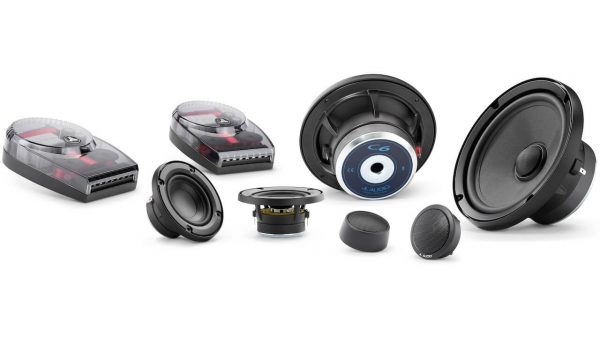

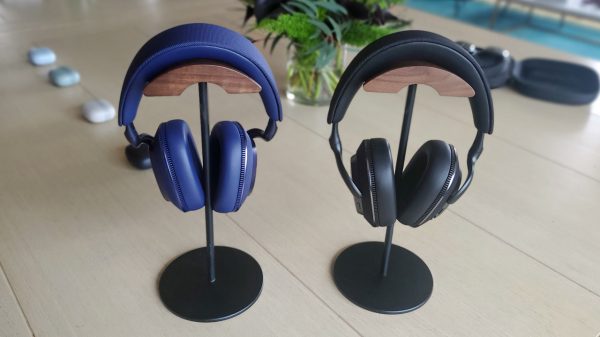

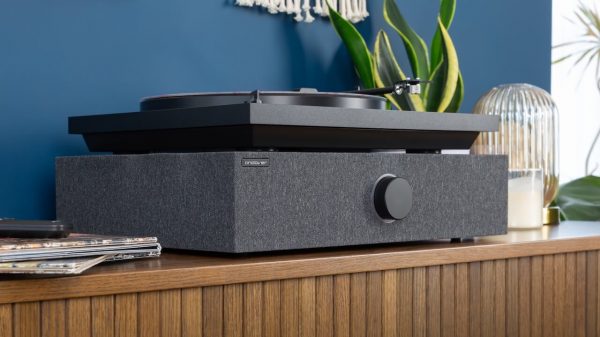

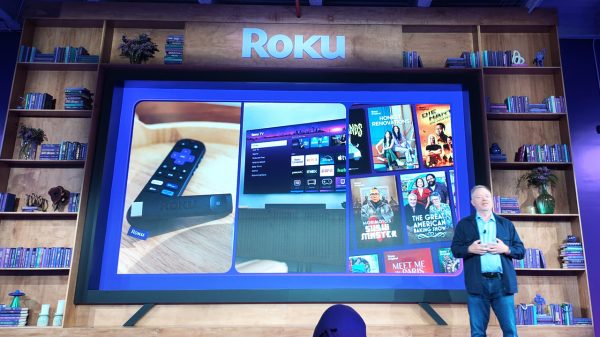

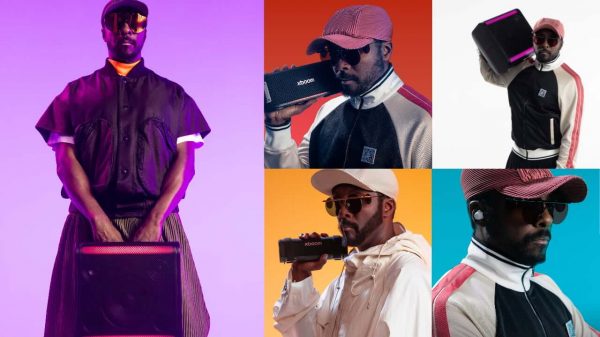













Otto Richter
July 17, 2014 at 8:58 pm
tproblem with digital is how fast the cameras lose value. Get outdated to fast.